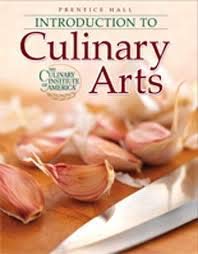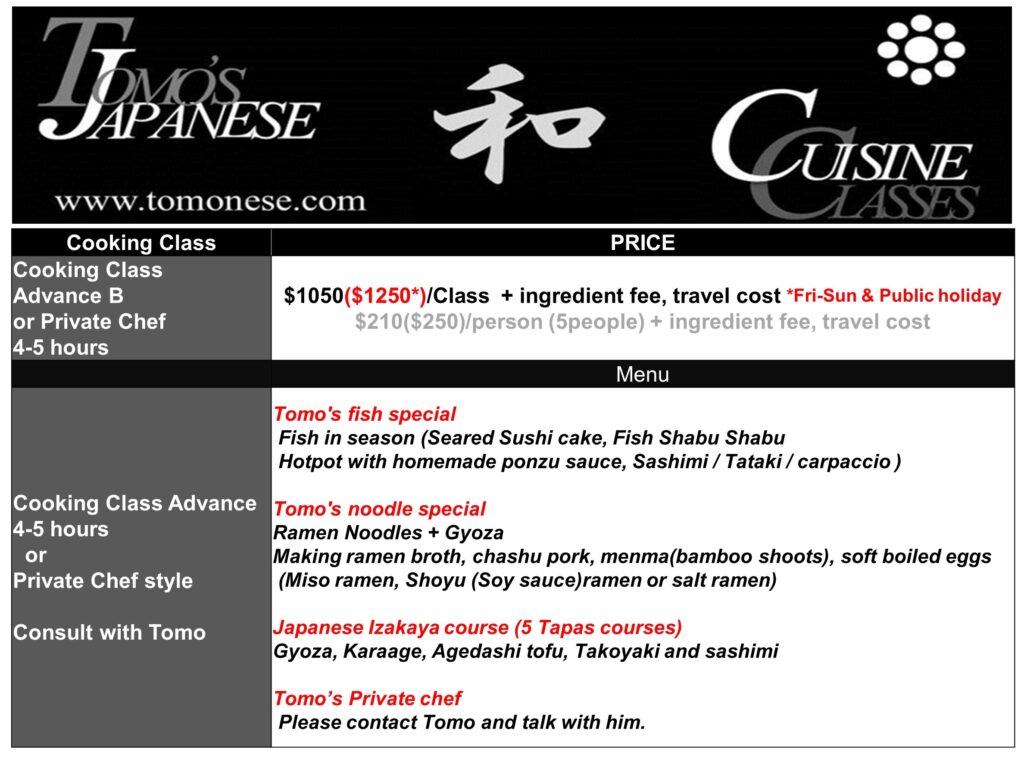Exploring the World of Culinary Arts An Introduction

Introduction to Culinary Arts
Sub Heading: Exploring the Basics
Embarking on a culinary journey is an exciting endeavor filled with endless possibilities. Whether you’re a novice cook or aspiring chef, mastering the fundamentals of culinary arts is essential. From understanding basic cooking techniques to exploring flavor profiles, this introductory guide will lay the foundation for your culinary adventures.
Sub Heading: Understanding Culinary Terminology
Before diving into the kitchen, it’s crucial to familiarize yourself with culinary terminology. From julienne to blanching, knowing the language of cooking will help you follow recipes and understand cooking instructions more effectively. Take the time to study common culinary terms and techniques to build a strong culinary vocabulary.
Sub Heading: Mastering Knife Skills
One of the first skills every aspiring chef should master is proper knife technique. From slicing and dicing to mincing and chopping, knowing how to handle a knife safely and efficiently is essential in the kitchen. Practice your knife skills regularly to improve your speed and precision, making meal preparation a breeze.
Sub Heading: Exploring Flavor Profiles
Understanding flavor profiles is key to creating delicious and well-balanced dishes. From sweet and savory to spicy and tangy, each ingredient contributes to the overall taste of a dish. Experiment with different herbs, spices, and ingredients to develop your palate and enhance your cooking repertoire.
Sub Heading: Learning Basic Cooking Methods
There are numerous cooking methods to explore, each yielding different results and flavors. From sautéing and roasting to braising and steaming, mastering basic cooking methods will allow you to create a variety of dishes with ease. Start by familiarizing yourself with the most common cooking techniques and gradually expand your skills as you gain confidence in the kitchen.
Sub Heading: Kitchen Organization and Safety
A well-organized kitchen is essential for efficient meal preparation and cooking. Take the time to organize your kitchen space, keeping frequently used utensils and ingredients within easy reach. Additionally, prioritize kitchen safety by following proper food handling and sanitation practices, reducing the risk of accidents and ensuring a clean and hygienic cooking environment.
Sub Heading: Experimenting with Recipes
Once you’ve mastered the basics, it’s time to get creative in the kitchen. Experiment with different recipes, ingredients, and techniques to develop your culinary style and repertoire. Don’t be afraid to step out of your comfort zone and try new dishes – cooking is all about exploration and creativity.
Sub Heading: Seeking Inspiration
Inspiration can be found everywhere – from cookbooks and cooking shows to farmers’ markets and ethnic cuisines. Take the time to seek out inspiration from a variety of sources, allowing yourself to discover new flavors, ingredients, and cooking techniques. Stay curious and open-minded, and let your culinary journey lead you to new and exciting culinary adventures.
Sub Heading: Practicing Patience and Persistence
Like any skill, mastering the art of cooking takes time, patience, and practice. Don’t be discouraged by setbacks or failed attempts – instead, use them as learning opportunities to improve and grow as a cook. Keep practicing, experimenting,










